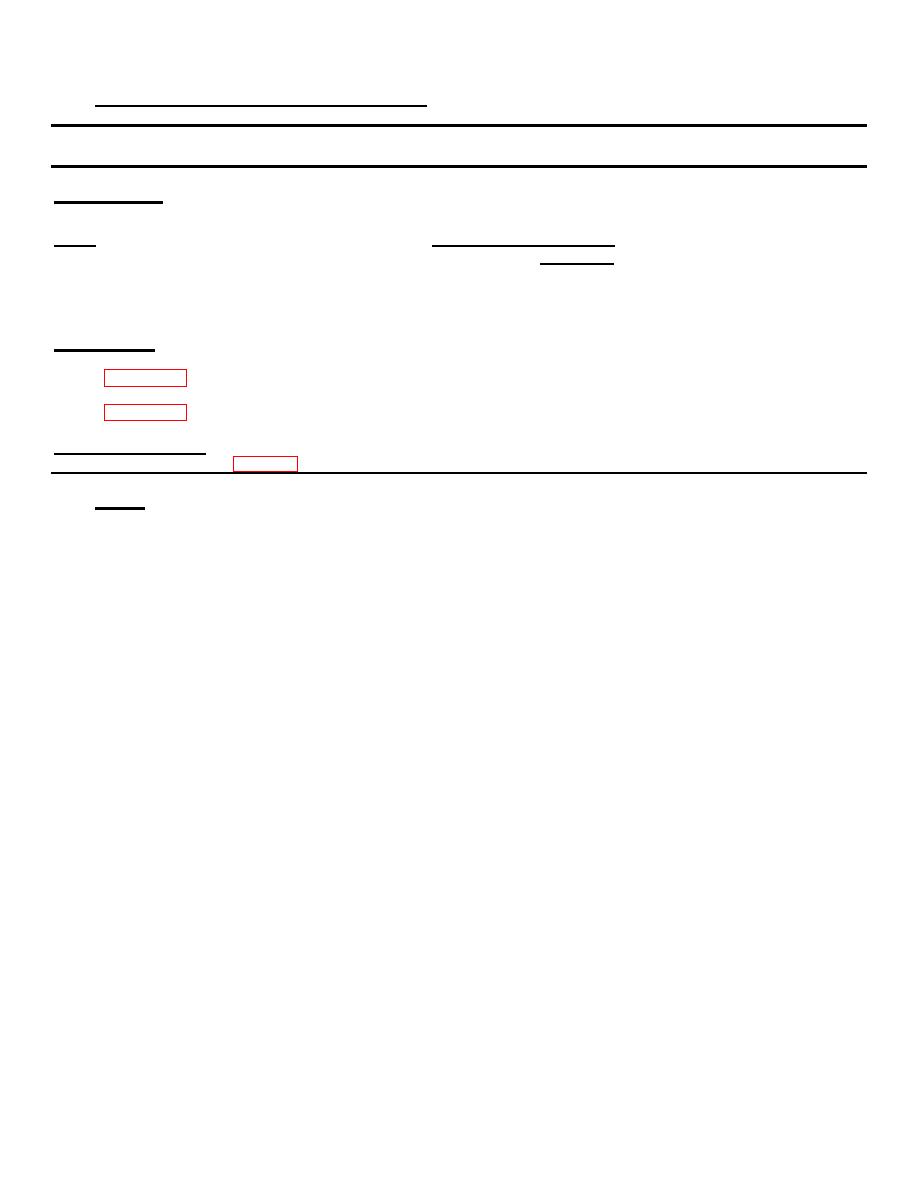
TM 9-4110-255-14
5-13. LEAK TESTING THE REFRIGERANT SYSTEM.
This task covers:
Testing
INITIAL SETUP
Tools:
General Safety Instructions:
Refrigeration Unit Service Tool Kit
WARNING
4, Section III, Appendix B
Nitrogen Regulator
6, Section III, Appendix B
Never pressurize refrigerant lines with
oxygen, mixture with oil could cause an
Materials/Parts:
explosion.
Refrigerant R-134a
The pressure in a nitrogen cylinder can
26, Appendix E
exceed 2000 psi. A nitrogen pressure
Nitrogen
regulator should be used at all times to
22, Appendix E
avoid personal injury.
Nitrogen is an inert gas that can cause
Equipment Conditions:
suffocation and must be discharged in a
Service manifold installed (para 5-9).
well ventilated area.
Testing.
NOTE
To perform leak test, it is necessary that the system be pressurized with a proportion of
refrigerant gas.
The electronic gas tester is highly sensitive to the presence of a minute quantity of gas in the
air, and is quite effective in the detection of small leaks. However, due to rapid dispersion of
refrigerant gas into surrounding air, difficulty may be encountered in pinpointing large leaks.
The detector must be used in a well ventilated area but draft free area. Use procedures
contained in TM 9-4940-435-14, "Leak Detector, Refrigerant Gas".
(1)
To pressurize a system that has some refrigerant charge.
(a)
Connect the charge hose to a refrigerant cylinder containing refrigerant R-134a set to deliver gas
only.
(b)
Check that service manifold vacuum valve is closed.
(c)
Open the service manifold compound gage, pressure gage, and charge valves.
(d)
Open refrigerant cylinder valve and pressurize system to 100 psi (7.1 kg/cm.
)
5-21

